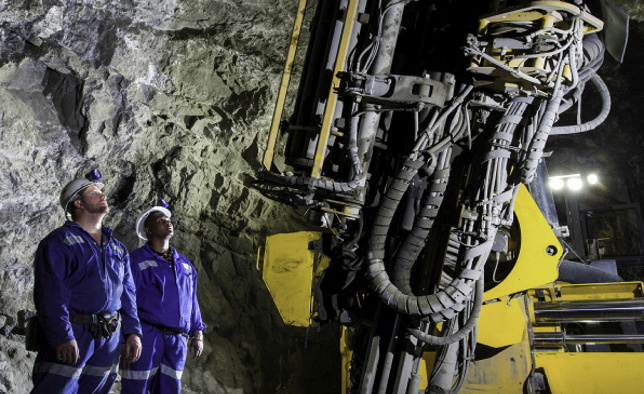You may experience uncertainty when purchasing a diamond, particularly an engagement diamond. This is not unjustified with the increased incidence of treated diamonds, synthetic diamonds and diamond simulants, no to mention incorrectly certified or graded diamonds.
Some Quick Tips
Buy from a reputable jeweller. A reputable jeweller sells with genuine Diamond Grading Reports or Certificates.
Buy with a diamond grading report or certificate from an independent and recognised diamond grading laboratory. This ensures you have a natural, untreated diamond that has been graded accurately. DCLA is the only independent and internationally recognised laboratory in Australia.
Note that a “valuation” or “appraisal” is NOT a certificate.
Read the certificate carefully to ensure that you make an informed decision
Price comparison is only possible if you are comparing certified diamonds. Diamond Grading Reports and Certification allows you to compare prices without unknowingly sacrificing quality or natural origin.
Be cautious of “sales” which appear to be genuine but are nothing more than a large discount off an inflated price. If it seems to good to be true, it probably is.
Be cautious of internet retailers offering a huge selection of diamonds. Often many are not available – this is a classic baiting scam.
Buy a diamond that is cold laser inscribed. This identifies the diamond and ensures you get the one described by the diamond’s report or certificate.
Do not buy your diamond overseas, buy locally. This ensures you have recourse if anything is wrong.
Diamonds are priced the same way worldwide -there are no cheap diamonds, only lower quality.
Read more: DCLA










